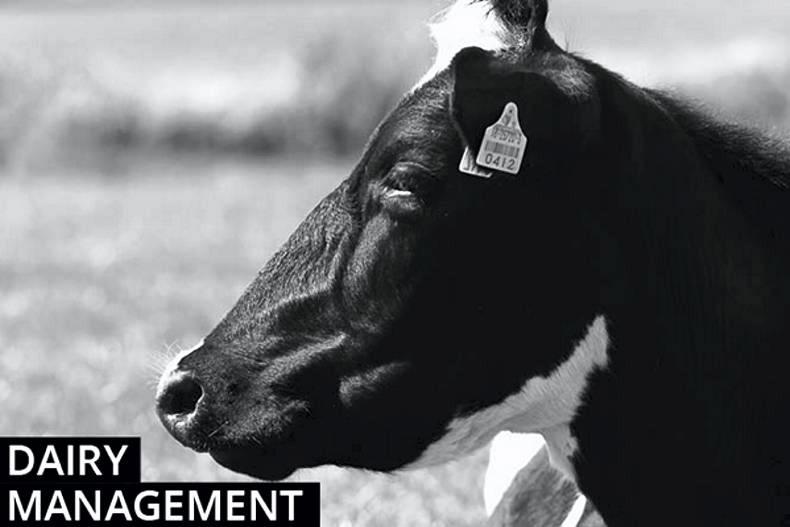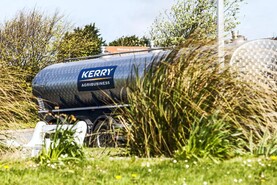High-yielding fodder crops, such as beet, are the worst affected as the area allocated per day is small, so the number of cows per square metre is high and more damage is being done as a result.
On-off grazing is the best way to avoid excess damage and to keep utilisation rates high. For dry cows, two two-hour grazing breaks should be sufficient for them to get over 90% of their daily feed allocation. When not grazing the crop, all they need is a dry lie. This could be on a roadway or a dry section of the field that was previously grazed, or else sacrifice a section of a relatively dry grass field. The same applies to those grazing kale or deferred grass. When on-off grazing, make sure that every cow has access to the crop when grazing. Longer feed faces work better in the wet and you must use a back-fence to fence off previously grazed areas.
Repair
Make sure to repair any gutters or shoots that got blown off in the storms last weekend. Open slurry tanks and lagoons are filling up fast, and with a month to six weeks to go before the first of the slurry can be spread, the last thing you want is rainwater getting in. Where slurry is being exported to a different farm, forms must be with the Department of Agriculture by 31 December.
Of course, safety is paramount. Keep children and the elderly out of the farmyard during high winds and rain. Secure any swinging doors. Strip back enough plastic from the silage pit on good days, so you don’t have to go up on to the pit on windy days.
Click here to see the farming forecast for this week.






 This is a subscriber-only article
This is a subscriber-only article









SHARING OPTIONS: